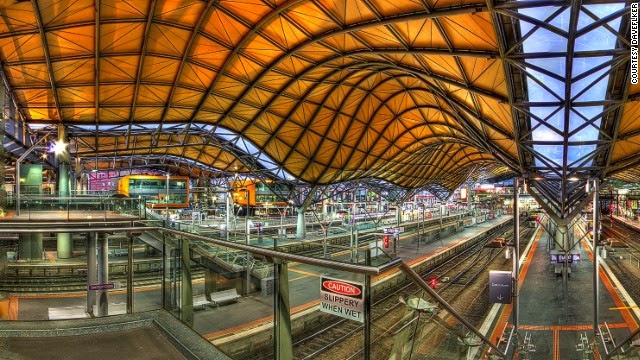
From the wonder of the first steam train in the early 1800’s, to the excitement of dining on the orient express, from cruising through Japanese suburbs to rumbling through Eastern Europe on a Eurorail pass, few inventions have contributed to international travel, migration and trade like the train.
Trains opened up new worlds and opportunities. Lettuce from California could be shipped to New York without it rotting; a banker could get from Paris to Rome quickly and in comfort. Areas of land that were previously inaccessible became accessible and people could be moved out of overcrowded cities.
The ability to travel to foreign places had (and has) a direct impact on increasing our social, cultural, and political knowledge, and the speed in which we could do it created the need for standardized international time zones as we know them today. Currently trains transport around 40% of world’s cargo and have contributed to economic growth and human expansion all over the world.
With the introduction of cars and air travel, trains and their stations fell into decay, but with the rise in oil prices we are suddenly witnessing a major revival. Railway and station growth is significant, public infrastructural investment in rail travel has been growing for the past 20 years across the globe, as it is a quicker, cheaper and more environmentally friendly alternative to driving on congested roads.
Train stations themselves were and still are a hub of urban activity and represent the glory and prominence of a town or city. A terminus employs hundreds of people and neighboring hotels employ hundreds more, and, a station provides important commercial space as most people enter or exit a city through a railway terminus. With the unprecedented growth of bullet trains and overall rail travel we are seeing investment in new and important architectural developments worldwide that confirm a cities prominence today and, finally, bring the glory back to train travel.
Here are 5 of the world’s most spectacular rail stations
Southern cross (Melbourne, Australia)
Originally built in 1859, it was renovated in 2005 to include an undulating roof that covers an entire city block.
WTC Transportation Hub (New York, USA)
When open in 2015, it will include retractable 150-foot-high glass-and-steel “wings” that will allow natural light into the rail platforms 60 feet below street level.
Gare do Oriente (Lisbon, Portugal)
Distinguished by its unique roof, the steel skeleton covers eight elevated tracks and their corresponding platforms, with the roof resembling the underside of a leaf.
Gare de Liege-Guillemins (Liege, Belgium)
Features an ultra-modern glass and steel façade, the wave-like ribbed roof suggests movement over the thousands of commuters that flow under it daily.
Chhatrapati Shivaji (Mumbai, India)
India’s busiest station and a UNESCO World Heritage site, the immense structure features a mixture of gothic turrets, stone domes and pointed arches.
Choo choo, see you at the next station
maka language consulting
www.makaitalia.com
References:
Edition.cnn
Trainhistory.net
Tony Judt
Mostlyeconomics.wordpress


